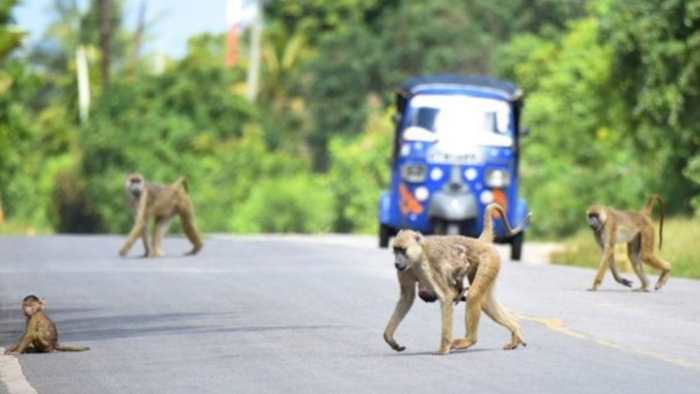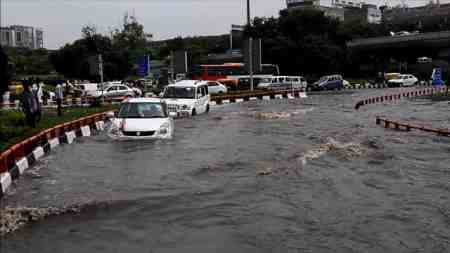A new database, compiled by researchers from Oxford Brookes University and experts from around the world reveals the deadly consequences of road networks and traffic on primates globally.
The Global Primate Roadkill Database details thousands of incidents of primates being killed by vehicles on roads over the past 30 years. Conservationists say the expanding human population has resulted in an increase in infrastructure such as roads and railways in countries throughout the tropics – where most wild primate populations are found.
Researchers documented 2,815 individual primate roadkills from 41 countries – representing 107 species of primate – collecting evidence from published papers, un-published databases, anecdotal reports, news reports and social media posts.
While most of the species recorded are not at risk of extinction, the team found incidents involving Endangered and even Critically Endangered primates such as the Tana River red colobus, San Martin titi monkey and Raffles’ banded langur.
The new database is the subject of a new article published in the journal Animals. Entitled Road infrastructure and primate conservation: introducing the Global Primate Roadkill Database, the paper, written by a global team led by researchers at Oxford Brookes University, examines the extent of the problem.
Lead author, and alumna of the Primate Conservation MSc course at Oxford Brookes University, Laura Praill, said: “The impact that primate vehicular collisions have on the persistence of primate populations has not been widely studied in many primate range countries. This database can be used as a tool for primate conservation and act as a starting point for researchers who want to discover more about this threat.”
Dr Andie Ang, Head of Mandai Nature, a conservation organisation based in Singapore, works with Critically Endangered Raffles’ banded langurs. In December 2022, two Raffles’ banded langurs were found dead one day apart at the same location on an expressway in Singapore, reducing their population to just 73. Dr Ang said: “Given the density of road networks in cities, road collisions present a serious risk to wildlife which need to navigate between their fragmented habitats. It is important to document primate roadkill incidents and quantify the impact, so as to implement effective mitigation measures to help these animals move safely.”
According to the International Union for the Conservation of Nature, 19.4% of primate species are listed as threatened by roads and railroads.
Dr Magdalena Svensson, MSc Primate Conservation Lecturer at Oxford Brookes University, said: “While roads may appear as a small risk to primate populations compared to other risk factors, little research has been done in this area. Discovering the true extent of the threats vehicular collisions pose to primates is important to then inform decision makers that can influence mitigation measures.
“We encourage conservationists and citizen scientists to contribute to the Global Primate Roadkill Database so that together we can better understand the impact road infrastructure has on primates.”
- EUREKALERT







